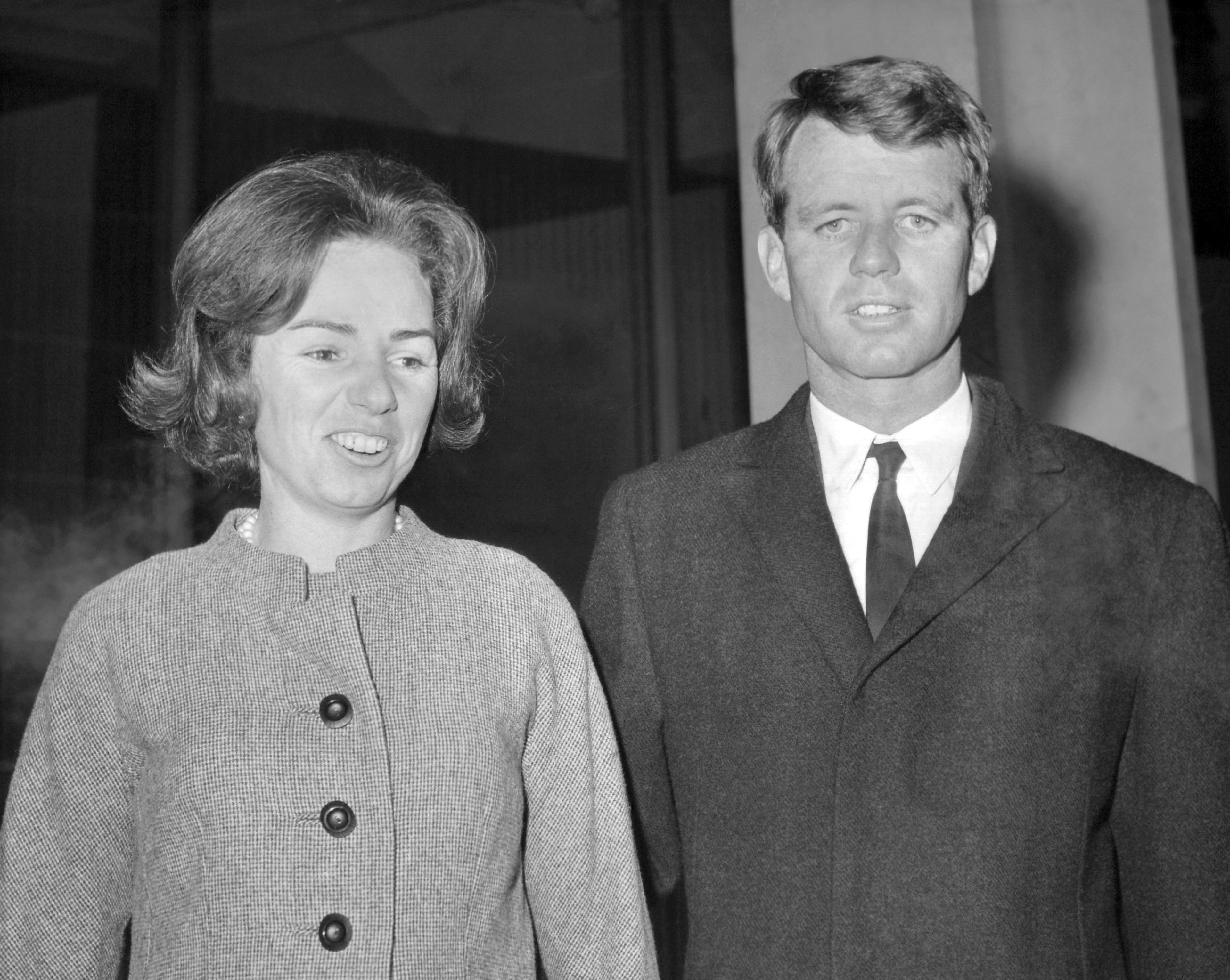AP Enterprise: Israeli army to use remote-controlled bulldozers to tear down Palestinian homes
JERUSALEM -- The giant Caterpillar bulldozer, used by the Israeli military to destroy Palestinian homes in the West Bank and Gaza Strip, now comes with a controversial new feature: remote control.
Israel says its remote-control technology will lower risks to soldiers.
But Palestinians fear it will lead to more frequent raids using the machines and make the three-year conflict even bloodier.
The remote-controlled D-9 bulldozer and a remote-control version of the Humvee, equipped with machine guns, were developed by the Israeli army and the Technion Institute of Technology. Both machines are U.S.-made, with Israeli modifications. They are expected to go into service in the next few weeks.
The army refused to comment or reveal further details about the new equipment.
Israel has been a pioneer in unmanned weapons systems for nearly three decades, developing one of the first remote-controlled planes and more recently creating machine guns and grenade launchers that can be fired from afar. The weapons are equipped with cameras, so their operators can see what they are doing.
Describing a day of field trials, a Technion statement quoted an Israeli army officer as asserting the thousands of dollars invested in each machine would save lives. "Today the bulldozer drivers are exposed to great danger when they knock down buildings that have militants hiding in them," the statement quoted the officer as saying.
But Palestinian Cabinet Minister Saeb Erekat warned the unmanned machines would lead to even more Palestinian deaths. "The whole idea is despicable," he said. "If an unmanned bulldozer is used, human life is in much greater danger," Erekat said.
The Israeli military regularly demolishes suicide bombers' homes and other buildings militants are suspected of using for cover to attack Israelis.
For Palestinians, the name D-9 has become synonymous with destruction.
The gray, heavily armored machines, which stand as tall as a small house, already have turned hundreds of buildings into dusty rubble heaps and ancient olive groves into wastelands with their powerful shovel blades. Israeli commentator Nahum Barnea has called them "the terrifying beast of this war."
The D-9 gained notoriety in the weeklong battle between soldiers and Palestinian militants in the Jenin refugee camp in April 2002, one of the fiercest in the past three years. With a deafening roar, the bulldozer plowed through narrow alleys, shearing the fronts off homes, to cut a path for advancing soldiers.
The human rights group Amnesty International says the destruction of homes is a grave violation of international law. However, Amnesty's Israel director, Amnon Vidan, said the group has no opinion on the specific types of vehicles used.
Ramadan Nawaf, 52, watched his house and groves of olives and oranges flattened by a D-9 four months ago, during a large-scale army raid of the town of Beit Hanoun in the northern Gaza Strip. "It was moving like a monster," said Nawaf. "It was very big and destroyed everything in front of it."
But developers say the new machine will save lives on both sides, pointing to the case of American peace activist Rachel Corrie, 23, of Olympia, Wash., who was crushed to death by a bulldozer -- not a D-9 -- on March 16 while trying to block a house demolition in the Gaza Strip.
The army said the driver, sitting in the heavily armored cabin, could not see Corrie.
The new D-9 has a wider and better field of vision, with cameras mounted much higher than the driver's cabin, said Technion project developer Shai Hershler.[[
U.S. Embassy spokesman Paul Patin would not comment on the specific vehicles. He said that when Israel modifies U.S. products, the Pentagon makes sure "they are used in a manner acceptable to our laws."
The Peoria, Ill.-based company, Caterpillar, which produces the bulldozer, said in a statement that it "shares the world's concern over unrest in the Middle East," but that with more then 2 million of its machines in use worldwide, it has "neither the legal right nor the means to police individual use of that equipment."
No D-9 driver has been killed in the last three years of Israeli-Palestinian violence, despite operating in densely populated Palestinian cities where they are exposed to sniper fire and bombs. However, Israel is concerned they could fall victim to roadside bombs that have destroyed three Israeli tanks.
Earlier this month, three U.S. Embassy security officials were killed when one of these bombs hit their convoy.
The army also uses remote-controlled machine guns and grenade launchers. The guns are used outside military outposts and placed atop armored personnel carriers, where soldiers inside or in a control room, can aim and fire them with joysticks.
Israel first started working on remote-control systems after its vaunted air force suffered heavy losses during the 1973 Mideast War as pilots flew almost blindly into barrage after barrage of Syrian and Egyptian anti-aircraft missiles.
Two years later, Israel had developed drones that act as decoys and also provide real-time images of the battleground. Today, unmanned U.S. Predator planes attack ground targets, including in Afghanistan and Yemen.
Menachem Shmul, head of the military aircraft division at Israel Aircraft Industries, said these planes are not as sophisticated as a piloted jet. "Once you get to air-to-air combat and multiple threats, it becomes much more complicated," he said.
In addition, remote-controlled combat vehicles have limited effectiveness, said Isaac Ben-Israel, head of the security studies program at Tel Aviv University.
An army has to have its people on the ground, he said. "If you look at the last war in Iraq, in the end you had to have people in every street."








